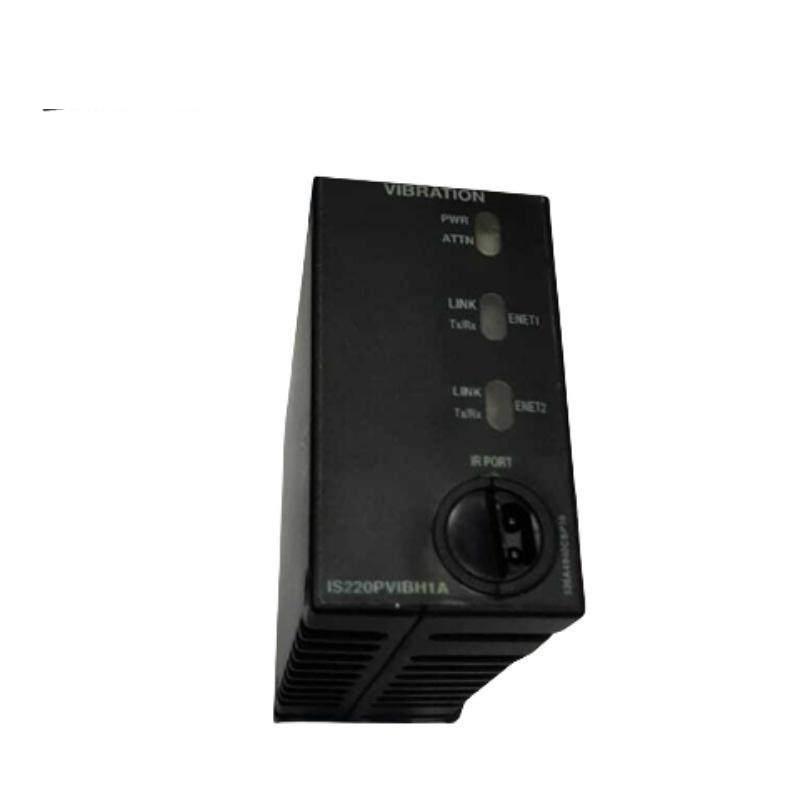Engineered for precision, the GE IS220PVIBH1AD Vibration Module offers unparalleled performance in monitoring and diagnosing mechanical health in industrial applications.
Engineered for precision, the GE IS220PVIBH1AD Vibration Module offers unparalleled performance in monitoring and diagnosing mechanical health in industrial applications.
 WhatsApp
WhatsApp
Ambient Temperature Range:-30 to 65 °C
Board Compatibility:Vibration Terminal Board (TVBA)
Channels:Thirteen for Proximity and Vibration
Common Mode Voltage:Min. 5 VDC
Dimensions:3.25″ high x 1.65″ wide x 4.78″ deep
Frame Rates:3.125, 6.25, 12.5, 25, 50, and 100 Hz
Functional Acronym:PVIB
LED Indicators:4 Probe Power -24 VDC, 12 mA load per transducer
Status LEDs:Attn, Pwr, Link, TxRx
Revisions:Rev. A, Rev. B, Rev. C, Rev. D
Model Number:IS220PVIBH1AD
Experience unparalleled accuracy with our GE IS220PVIBH1AD Vibration Module, specifically designed for seamless integration into industrial control systems. This advanced sensor solution offers real-time monitoring capabilities, crucial for predictive maintenance and ensuring operational reliability.
Our module boasts an ambient temperature range of -30 to 65 °C, making it suitable for a wide variety of industrial environments. With thirteen channels dedicated to proximity and vibration monitoring, you can detect even the slightest changes in machinery conditions.
Equipped with a minimum common mode voltage of 5 VDC, the IS220PVIBH1AD ensures robust performance under varying operational conditions. Its compact dimensions—3.25″ high by 1.65″ wide by 4.78″ deep—facilitate easy installation and space optimization within your facility.
Supporting frame rates from 3.125 Hz up to 100 Hz, this module caters to diverse industrial needs, from slow-moving machinery to high-speed equipment. The functional acronym PVIB represents its core vibration monitoring capabilities, providing critical insights into machinery health.
For user convenience, our module features four LED indicators, each dedicated to probe power and operational status, enabling quick identification of system status at a glance. Additionally, status LEDs for attention, power, link, and transmission/reception further enhance troubleshooting and maintenance processes.
